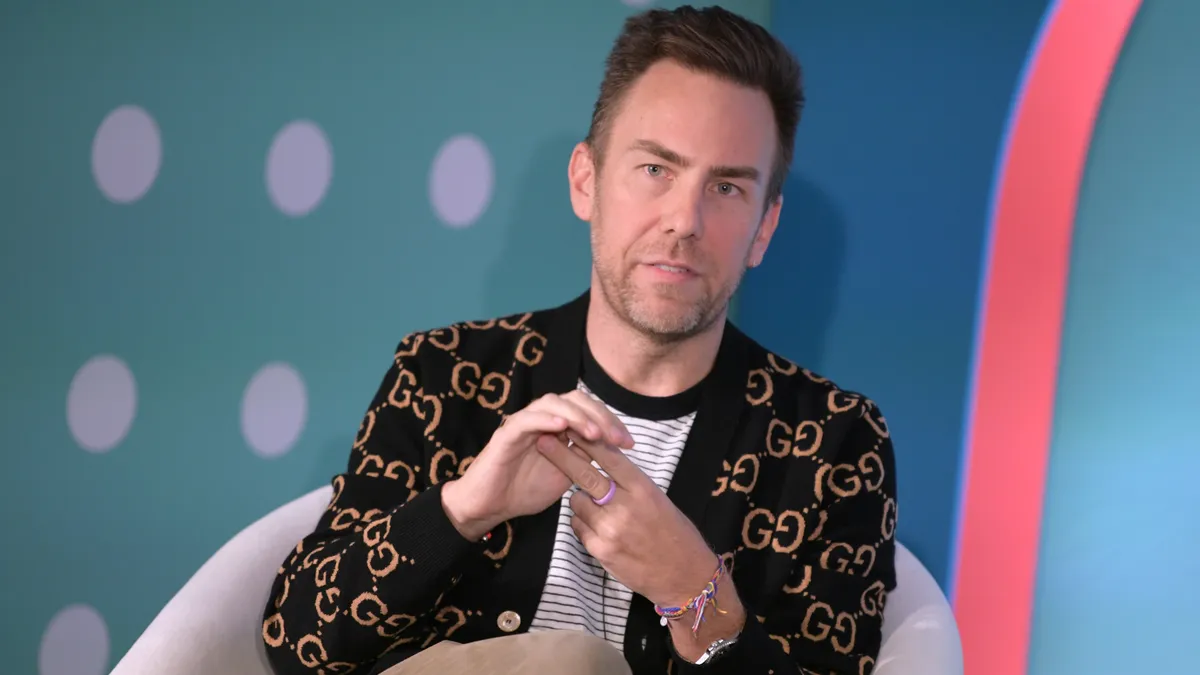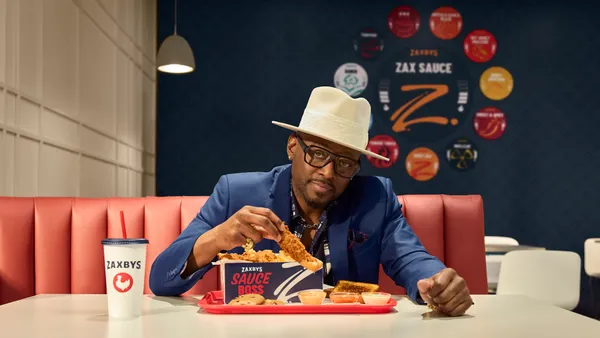NEW YORK — After a series of acquisitions, Inspire Brands now owns six chains that cover a range of appetites throughout the day. But as it battles for “share of stomach,” the company faces a competitive landscape where brand loyalty is not what it once was, especially at the lower price points of its quick-service restaurant (QSR) and casual-dining restaurant (CDR) offerings.
“Most consumers in QSR and CDR are very promiscuous. There are some that have diehard loyalty, but very, very few, and we would love to have more,” said Inspire Brands Chief Media Officer Travis Freeman during a panel at Advertising Week New York earlier this week.
To build loyalty, Inspire has focused on media planning and dayparting to remain top-of-mind with on-the-go consumers. The adage about marketers reaching the right consumer with the right message in the right moment is crucial for Inspire as it seeks to drive traffic to Dunkin’ in the morning, to Jimmy John’s in the afternoon and Buffalo Wild Wings at night.
“Attention span and span of memories are so short. For us to assume that we can send a message two days out, and then [the consumer is] going to remember it like a week later — absolutely not,” said Freeman. “But we also don’t have unlimited funds. So we have to be smart about that exact moment that we’re speaking.”
Turning data into transactions
Inspire does not have a brand awareness problem for its portfolio, which also includes Arby’s, Baskin-Robbins and Sonic Drive-In. What it shares with all other restaurants is a consideration problem. It ameliorates that issue by relying on “tons” of customer data that it has acquired through its loyalty programs and other sources, per Freeman.
“Our customers are coming to us and they’re raising their hands and they’re saying, ‘I’m willing to give you my data, but I’m only willing to do that if you're going to give me something in return’,” said Freeman.
What consumers want and receive in return for their data comes in different, personalized forms. For some, it is value or convenience. For others, it is being the first to access new products. Recent launches that revolved around pop culture — a limited-time Ice Spice Munchkins Drink and Taylor Swift-inspired friendship bracelets at Dunkin’ — were available to the coffee chain’s loyalty members first.
As brands have moved from pandemic-related challenges to navigating a tough economic climate, many have struggled to maintain the same levels of ad spend and channel priority, shifting toward performance marketing around value. Freeman, who spoke on a panel about on-the-go audiences with Samsung, Mondelez and Lyft, said this approach is a mistake.
“The full funnel on our side is basically upper consideration to lower consideration, and you have to have a brand message going at the same time as that lower consideration message,” he said. “That’s what’s actually driving our sales the most is whenever we’re coupling those two things together.”
For example, some Dunkin’ consumers want a value message, like a free doughnut with the purchase of an iced coffee. But others just want to share in “brand love,” which is why the chain has made a major brand-building push this year. The marketer has an ongoing collaboration with Ben Affleck that first surfaced at the Super Bowl and more recently in ads promoting the drink dedicated to the buzzy rapper Ice Spice.
“We did Ice Spice just because the younger consumer actually didn’t know who Ben was, if you ever want to feel old,” Freeman joked during the panel.
Putting identity at the center
Determining which message to deliver and when relies on a cross-portfolio effort where “identity is the center point of everything,” according to Freeman. The marketer uses an Inspire ID that unites data across its brands and allows one chain to advertise based on insights gleaned from another. For example, a consumer with a value affinity who purchases a Diablo Dare sandwich at Arby’s could receive a discount on a spicy breakfast sandwich launched at Dunkin’.
Inspire's efforts rely on data and an internal marketing mix model built with its partners at data science firm Ekimetrics. The marketer can now see incremental transaction data at a granular level that it pairs with foot traffic data to determine which media drove transactions, data that then informs how Freeman shifts ad spend.
“If you look at our portfolio of brands, none of them overlap with each other, even from a daypart strategy,” Freeman said. “So how do we make sure that we’re able to be present for our consumers across the entire day with that relevant messaging ...all of that’s coming back to how we're thinking about the ID graph.”























